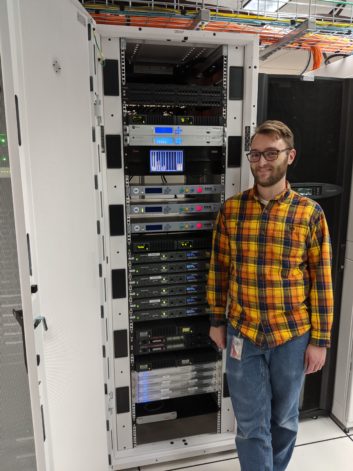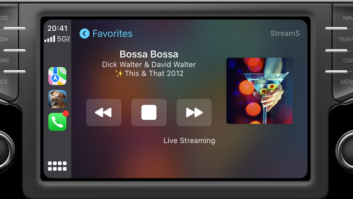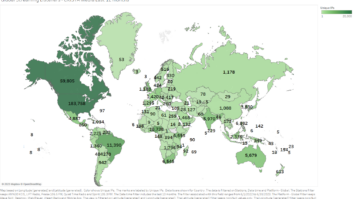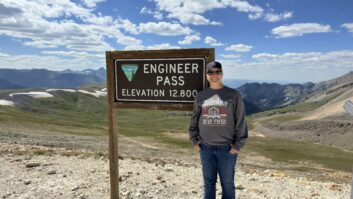 MADISON, Wis. — It’s undeniable that streaming radio, something that has been around for quite a while, is steadily becoming more and more important in our daily lives. Especially when you consider the huge influx of smartphones and smart speakers in the market over the past five years.
MADISON, Wis. — It’s undeniable that streaming radio, something that has been around for quite a while, is steadily becoming more and more important in our daily lives. Especially when you consider the huge influx of smartphones and smart speakers in the market over the past five years.
Until recently, it has required quite an investment to stream your radio station online, both in terms of equipment and in the time it takes to configure the server properly. Let’s face it, streaming can be a bit of a pain to get going for engineers of any skill level, even with the most basic setup possible.
When we started discussing how to improve our streaming configuration at Wisconsin Public Radio, I was tasked with finding an easy-to-use, robust and reliable solution that would integrate with our new audio over IP installation. I had considered using a custom-built system with custom software to run the stream, but the problem with custom solutions is that 90% of the time they are not easy to use and not as reliable as they need to be. Ruling out custom solutions led me on the search for a mysterious box that did it all, one that had the reliability, ease of use and tight integration with our AoIP system we were looking for.
This search ended with the Z/IPStream R/2 from The Telos Alliance, the streaming encoder that satisfied all of the requirements and more. The R/2 allows us to reliably integrate directly with our AoIP network with a simple web interface while leaving the option open for analog or AES inputs.
[Read: How to Process Audio for Streaming, Properly]
There were several things that set the Z/IPStream out from the competition. Most notably is the option to have Omnia.9 processing built into the box, letting you really get full control of your station’s streaming sound. If you don’t need the full power of the Omnia.9, there is an Omnia-based three-band processor available in the box as well.
Another factor that sets it apart is the ability to run multiple different stream-encoding settings with the same audio source with multiple different output types like Icecast, SHOUTcast or RTMP servers without even having to think about if you are running the correct software. I can honestly say the R/2 lets me sleep better at night. I know that if we need to change streaming providers, all I have to do is set up the stream in the easy-to-use web interface, and we will be up and running in minutes rather than hours or days if we had to configure or build a new streaming box just to change providers.
I believe it is critical to invest in a proper streaming infrastructure; it may be just as important as a transmitter in the coming years. While streaming radio is changing the way radio stations work, there is one thing that will never change, whether the equipment is analog or digital, living at a transmitter site or in a datacenter: Engineers will always need a solution they can rely on for critical applications. For Wisconsin Public Radio, the R/2 is just that. It has been running in our datacenter for close to six months and it has been exactly what we needed for a reliable and powerful streaming solution.












